Chaturmukha Brahmeswara temple is unique for not just housing Brahma but for its 2000 year history along with other ancient temples at Chebrolu
Shrine’s History
The early names of chebrolu were ‘tamrapa’ and ‘tamraba’ . Tamra in sanskri relates to copper. This place was known for copper and copper-related articles since ancient times. Copper alloy utensil are called ‘chembu ‘ in Telugu seems to be the reason behind the modern name, Chebrolu. Not many know that the Sri Chaturmukha Brahmalingeswara Swamy temple here along with a clutch of older temples dating to the reign of Chola, Chalukya, Pallava and Kakatiya dynasties form a fascinating circuit of temples and ancient structures in the fertile landscape of lower Krishna basin. The most recent records mention that the Chaturmukha Brahmalingeswara Swamy temple that was built by Raja Vasireddy Venkatadri Naidu, about 200 years ago. But the history of this place confirms that the temple must have been rebuilt on an existing temple. This is one of the few temples dedicated to Lord Brahma, although he is worshipped here along with Lord Siva. It was a regional fort for the Pallava, Chalukyas and Kakatiya Empires. It became famous during the rule of the Kakatiyas, particularly during the rule of Jayapa, who ruled this during Ganapatideva’s time. Jayapas sisters were married to Ganapatideva, the well known Kakatiya emperor. Jayapa also wrote a celebrated writing on Indian dance, Nrutyaratnavali.
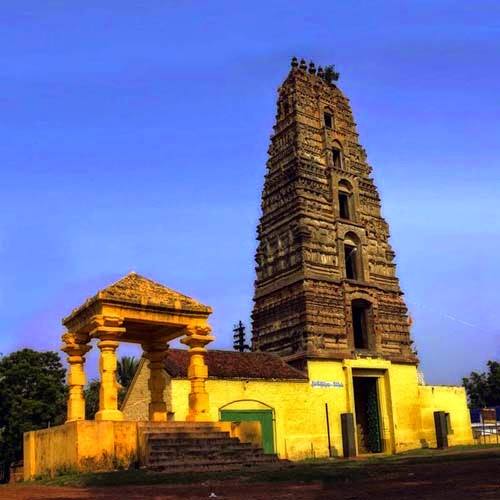
Legends Associated with This Shrine
The popular legend is that Lord Brahma was cursed by Bhrugu Maharshi that he would not be venerated on earth which is the motivation behind why a Sivalingam with carvings of Brahma on its four sides was installed here rather than particular idol for him
Architectural Relevance of This Shrine
Temple in the middle of the pond is the main attraction here. This is a beautiful temple surrounded by two small temples of Lord Siva towards the east and west and that of Vishnu in the north and south and four temples of goddess Sakti in the four corners manifest in different incarnations. The nearby Sri Adikesava Swamy temple is older by centuries, built during the reign of the Pallavas. It has Sri Nageswara Swamy and Sri Bhimeswara Swamy temples in close proximity. It is believed that these temples were built between the ninth and 14th centuries. Today, these ancient structures are left to the vagaries of nature by the Endowments and Archaeology Departments, which do not seem to be concerned about their condition. A lone display board put up by the Archaeology Department in front of Nageswara Swamy temple has nothing but rust on it. A temple of Lord Nataraja and a 1,000 pillar hall (mandapam) are believed to have existed in front of the dilapidated stone sculpture of Nandi which can be seen close to the Nageswara Swamy temple. It was an idol of Lord Nataraja measuring 12 feet that was the centre of attraction here thousands of years ago. None of these, not even their remains, can be found today
Shrine’s Map Location and How to Go There
By Road
Guntur is on NH 5. Chebrolu is just 17 km from Guntur
By Rail
Guntur Railway junction is well connected by trains from all metros of India and cities in Andhra Pradesh. Tenali Railway station is on Chennai – Kolkatta line
By Air
Gannavaram airport at Vijayawada is the closest air port. The distance will be around 60 km.

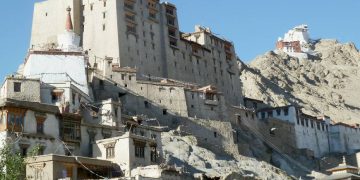

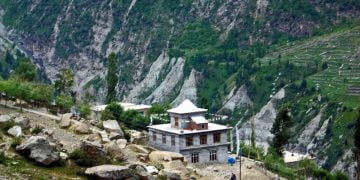
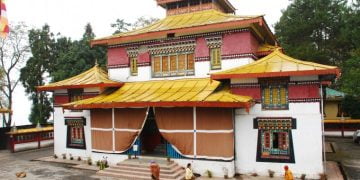

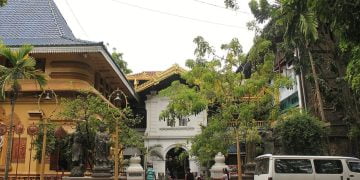
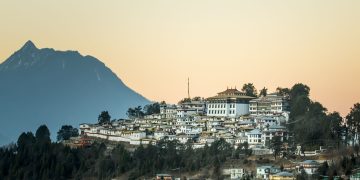
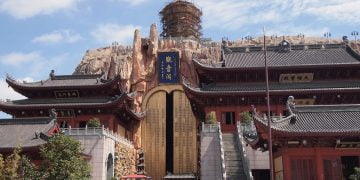
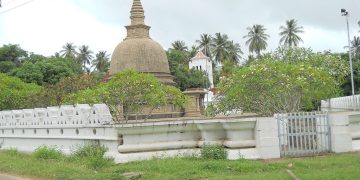
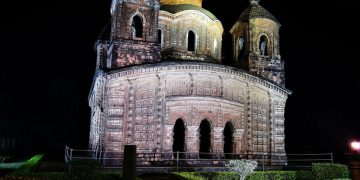
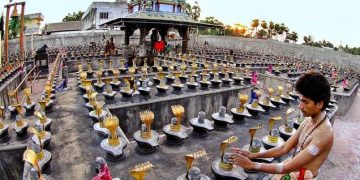

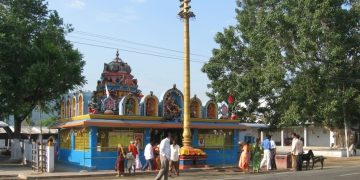
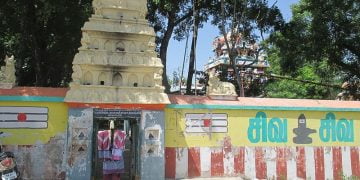
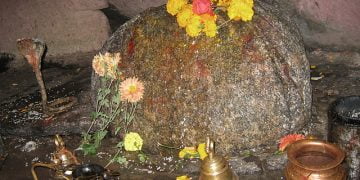
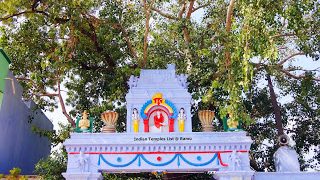
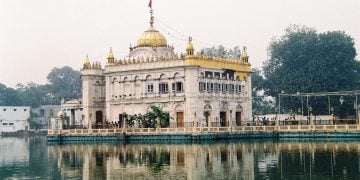
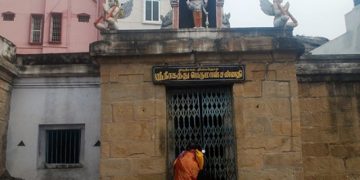
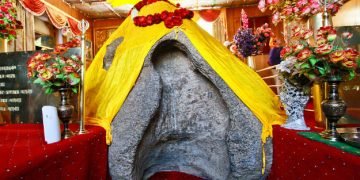
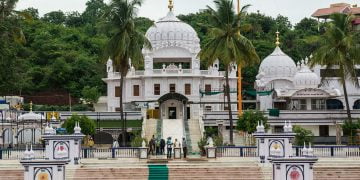

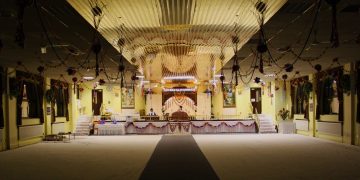
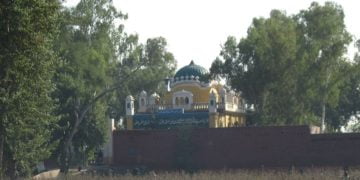
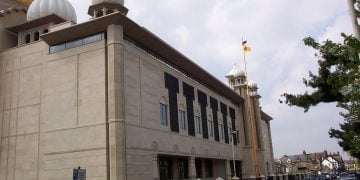
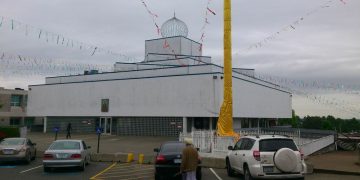
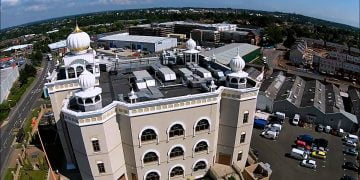
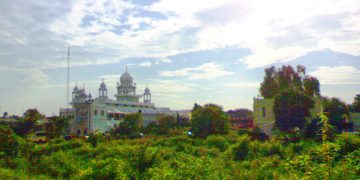
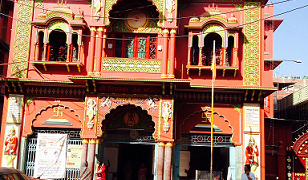
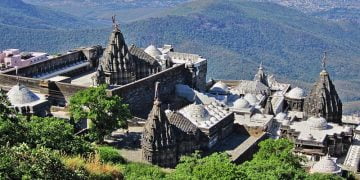
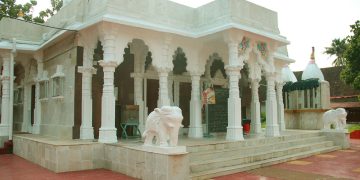
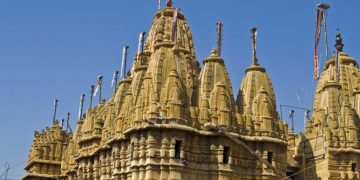
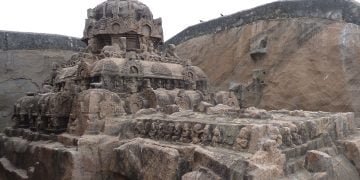
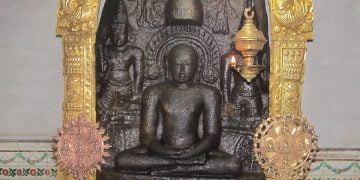
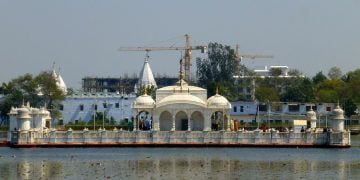

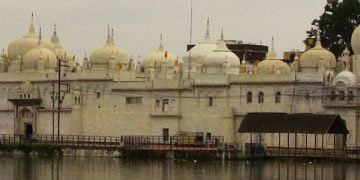

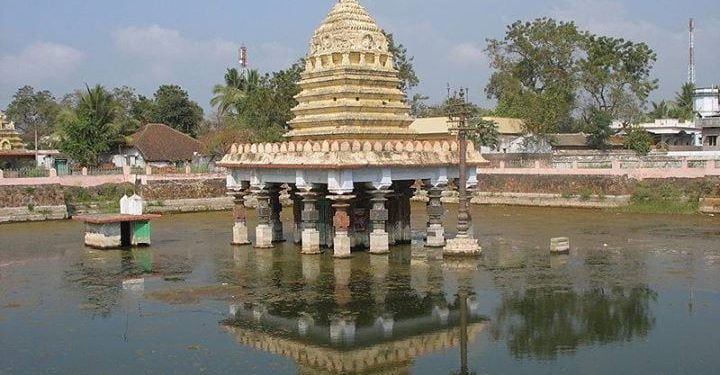

Discussion about this post